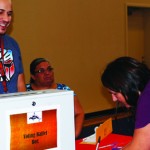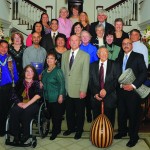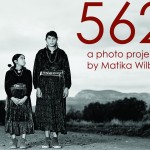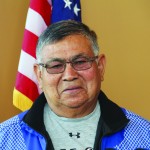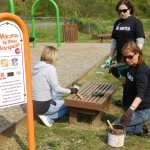Bill Holm Center to serve more individuals and organizations
Press Release, Alaina Smith, Director of External Affairs
Seattle – The Burke Museum is pleased to announce Connections to Culture – Resources for Native Art and Artists, a new program of the Bill Holm Center for the Study of Northwest Coast Art. With support from the Margaret A. Cargill Foundation, Connections to Culture will significantly increase the Burke Museum’s capacity to support Native artists and arts organizations.
Connections to Culture will expand the Bill Holm Center’s research grants program, which facilitates Native artists’ study of the arts and cultures of their ancestors. Research grants allow artists to study the objects and archives in the Burke Museum’s collections, travel to other museums, and pass their knowledge on through workshops held at the Burke Museum, at other Native art organizations, and in Native communities.
In addition to increasing the research grant program, Connections to Culture will further develop the Bill Holm Center’s role as an information hub to those interested in the vitality of Native art in the region, and allow the Center to make grants to Native arts organizations for the first time.
“The Burke Museum has a long history of pioneering efforts in Native art education and scholarship—from early museum education, public television programs and Bill Holm’s seminal 1965 book, Northwest Coast Native Art: An Analysis of Form, to K-12 arts & culture programs that are booked to capacity each year,” said Burke Museum Executive Director Julie K. Stein.
“This extraordinary investment by the Margaret A. Cargill Foundation builds on that legacy, and will help make the Bill Holm Center’s resources available to many, many more artists and members of our community. ”
While art-making is flourishing in some Native communities, in other places there are few teachers and fewer objects from which to learn. Many artists are working in isolation, without knowledgeable mentors or the critical resources to inform their artistic practice, discover where their cultural objects are currently housed, or access these collections. Connections to Culture will allow the Burke Museum to serve as a hub for the dissemination of this information, and create new digital resources that represent the breadth and depth of Pacific Northwest art traditions.
Historical trends in collecting and researching Pacific Northwest regional art, and the impact of the art market on contemporary artists, has meant that the styles of the northern and some central Northwest Coast tribes (the Tlingit, Tsimshian, Haida, and Kwakwaka’wakw) have overshadowed other art traditions from the southern regions of the Coast, as well as surrounding areas of the Columbia River basin and Plateau. “The Connections to Culture program will help us to expand support for artists and communities whose artistic traditions have not received broad public, scholarly, or commercial recognition,” said Curator of Native American Art and Bill Holm Center Director Robin K. Wright.
“We are thrilled to combine efforts with the Margaret A. Cargill Foundation’s Native Arts and Cultures Program to increase support for Native artists in their pursuit of knowledge about their artistic traditions,” said Wright.
Connections to Culture will award grants and offer programs beginning in spring 2013.
About the Bill Holm Center:
The Bill Holm Center for the Study of Northwest Coast Art was established at the Burke Museum in 2003 to continue Bill Holm’s legacy at the Burke Museum. It is one of the premier centers for the study of Native arts of the Pacific Northwest Coast.
The Bill Holm Center provides hands-on learning opportunities for Native artists to study historical art in person, and connects experienced artists with younger practitioners through workshops and art scholarships. The Center supports access to and awareness of arts resources and activities (including collections, exhibits, and other relevant programs) for tribal communities, individuals, and arts organizations.
About the Burke Museum:
The Burke Museum inspires people to value their connection with all life—and act accordingly. The Museum is responsible for Washington State collections of natural and cultural heritage, and sharing the knowledge that makes them meaningful. The Burke welcomes a broad and diverse audience and provides a community gathering place that nurtures life-long learning and encourages respect, responsibility, and reflection.



